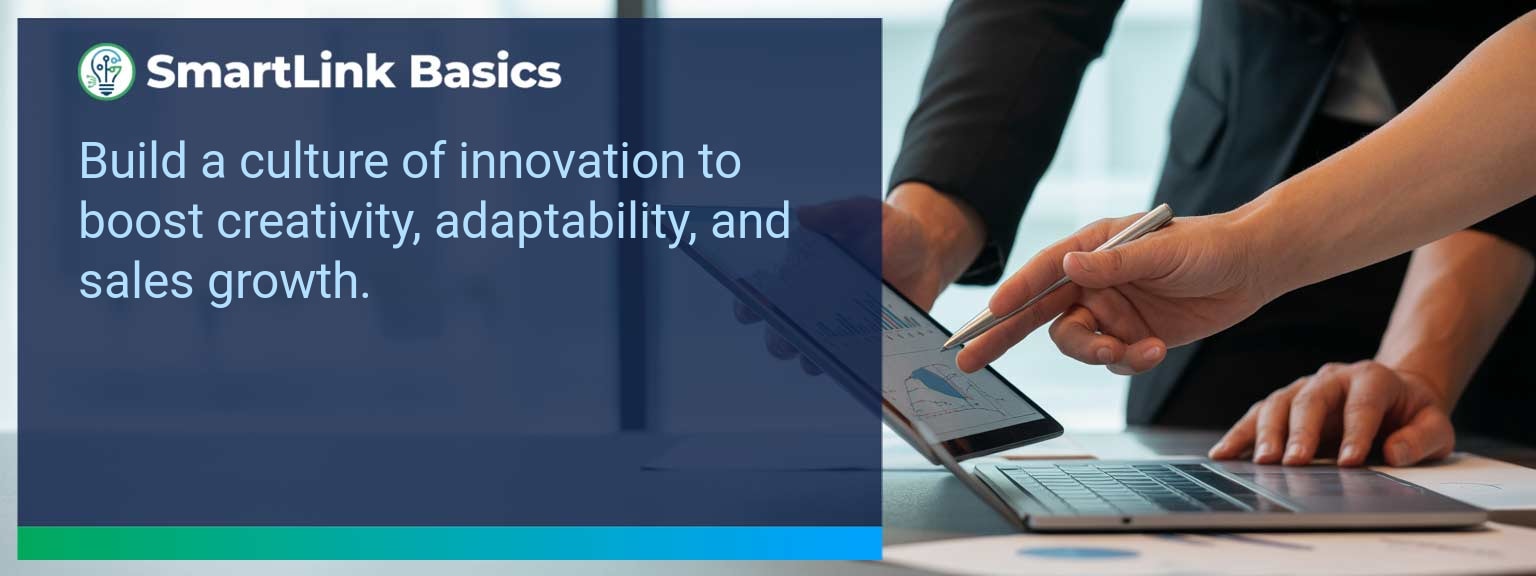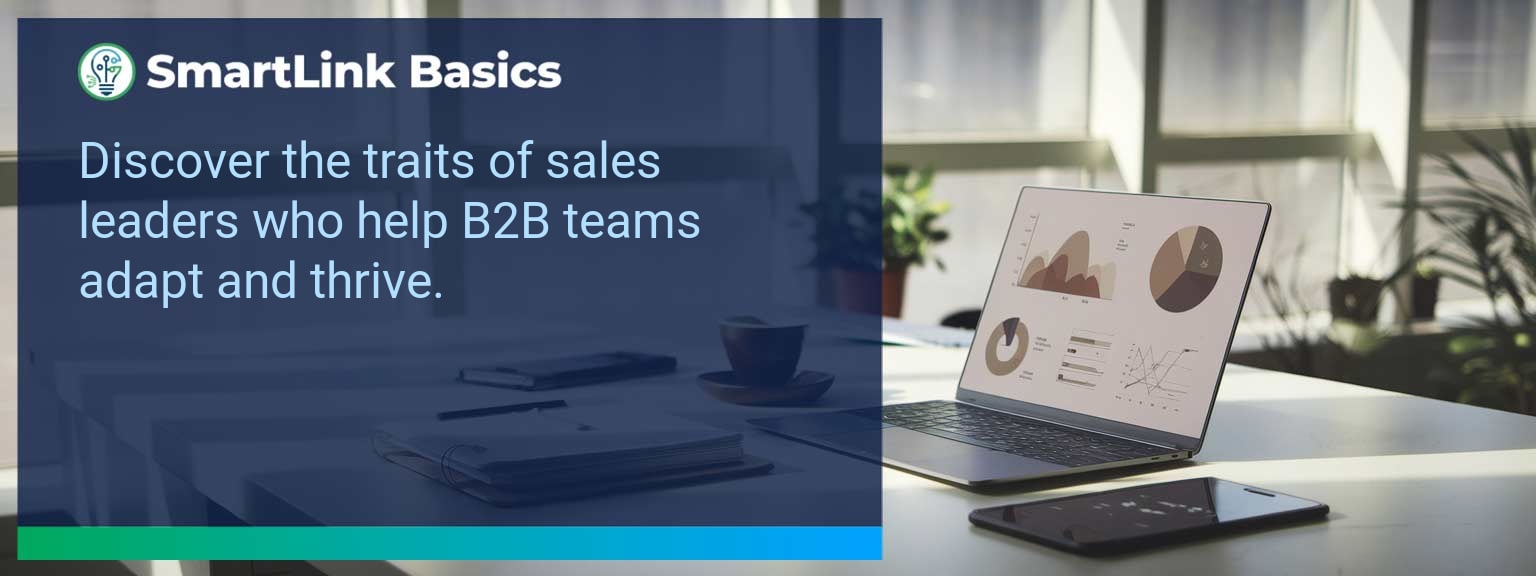Industry data shows that organizations adopting AI-driven automation achieve cost reductions of up to 30% while accelerating sales cycles by 20% or more (McKinsey, 2024). For sales leaders, AI automated workflows now define competitive advantage, enabling teams to reallocate time from repetitive tasks to high-value engagements. At SmartLink Basics, we help decision-makers implement these systems strategically, ensuring they integrate with existing revenue operations. In this article, you’ll see how AI automated workflows power business outcomes, the common obstacles that slow adoption, and practical steps to optimize processes. You’ll walk away with proven examples, a 90-day action blueprint, and measurable KPIs to track results.
- Automate repetitive administrative and CRM updates with AI.
- Integrate machine learning to personalize outreach at scale.
- Streamline approvals, quotes, and contract workflows for speed.
- Use predictive analytics to prioritize sales opportunities.
- Track adoption and performance with targeted metrics.
AI Automated Workflows: What Changed and Why It Matters
AI adoption has shifted from experimental to operational, making automated workflows a standard in high-performing sales organizations. The real advantage lies in combining workflow automation with artificial intelligence workflows to optimize every step of the revenue process. Sales leaders now use AI to synchronize touchpoints, reduce manual inputs, and ensure faster execution. For example, a B2B SaaS leader introduced automated lead enrichment and routing, cutting qualification time by 60%. Actionable insight: Audit processes for time-intensive handoffs and apply AI where repeatability is high.Redesign the Revenue Operating System With AI Automated Workflows
ICP, Segmentation, and Targeting AI-enabled segmentation uses historical wins, firmographic, and behavioral data to dynamically update ICP profiles. This ensures targeting precision without quarterly re-work. Pipeline Architecture Automated workflows push opportunities through the right stages based on engagement signals. AI flags at-risk deals for intervention. Plays and Messaging Integrated automation tools deliver personalized sequences based on buyer activity, increasing relevance at every touchpoint. Operating Cadence AI schedules follow-ups, forecast calls, and account reviews based on actual pipeline movement rather than static calendars. Actionable insight: Implement automation that adapts in real-time to both internal and buyer-driven events.Common Obstacles To Achieving Seamless Automation
The most frequent challenges are fragmented systems, inconsistent data quality, and cultural resistance. Without a unified data layer, automation amplifies errors rather than solving them. Coca-Cola Europacific Partners reported needing a full data governance upgrade before AI could improve sales workflows. Leaders must first assess infrastructure readiness and train teams to trust AI-influenced recommendations. Actionable insight: Before deployment, establish clean data practices and a single source of truth.Implementing AI To Optimize Workflows
Effective deployment of AI process optimization starts with mapping current-state processes, identifying friction points, and matching them with automation tools. For example, automating proposal generation based on CRM opportunity data can reduce turnaround from three days to one hour. Solutions combining business process automation platforms with machine learning integration enable continuous performance improvement. Actionable insight: Pilot in one high-impact stage, measure, and then expand.Tangible Benefits From Automated Processes
The benefits extend beyond time savings — sales leaders gain a scalable system. Tangible outcomes include faster quote-to-close, higher lead conversion, and better forecast accuracy. A manufacturing firm implemented AI-assisted order processing and cut errors by 40%, improving on-time delivery rates. Actionable insight: Track both speed and accuracy to measure workflow automation effectiveness.Metrics That Matter
| Category | Metric | Definition | Target |
|---|---|---|---|
| Leading | Workflow Completion Rate | % of automated sequences executed without manual intervention | 95%+ |
| Leading | AI Suggestion Adoption Rate | % of AI-generated action recommendations executed by reps | 80%+ |
| Lagging | Cycle Time Reduction | Decrease in time from lead entry to closed-won | 20%+ |
| Lagging | Revenue Per Rep | Average sales revenue generated per sales rep per quarter | +15% YoY |
| Quality | Automation Error Rate | % of workflows that trigger incorrect outcomes | <1% |
| Quality | Customer Satisfaction Post-Automation | Average CSAT score after automation implementation | ≥ 4.5/5 |
Innovations And Next Steps For AI Automation
Emerging capabilities like AI-generated playbooks, intent-driven dynamic routing, and integrated AR for virtual product demos are shaping the next wave of sales automation. Companies integrating these tools early will outpace competitors in speed and personalization. Actionable insight: Stay ahead by testing emerging automation features quarterly and aligning them with evolving buyer expectations.Get the 90-day plan, coaching rubric, and dashboard template to operationalize AI in your enablement program.
Turning AI Automation Into a Revenue Multiplier
AI automated workflows are now a strategic lever for predictable, scalable growth. This guide outlined current applications, adoption challenges, a 90-day execution plan, and measurable success criteria. To make automation pay off, sales leaders should integrate tools into one cohesive operating system and review results monthly for continuous improvement. Access more AI-driven sales enablement resources from SmartLink Basics to design a high-performance automation strategy. A sales organization’s success often depends less on market conditions than on the clarity, discipline, and vision of its leadership. At SmartLink Basics, we have seen how top-tier sales leadership strategies—especially those rooted in transparent communication—can transform team performance and drive revenue growth. This is not a theoretical exercise; it is the operational framework that determines whether a sales team consistently meets or exceeds targets. In this article, you will learn how to recognize growth obstacles, apply proven leadership tactics, and establish measurable systems for improvement. The strategies shared here are aimed at experienced leaders ready to elevate sales team performance and implement effective sales leadership practices that yield measurable, long-term results.- Establish transparent communication as the foundation for team trust.
- Align goals, metrics, and incentives with a clearly defined sales strategy.
- Implement structured coaching to develop leadership skills and sales capabilities.
- Redesign pipeline architecture for faster and more qualified deal flow.
- Track leading, lagging, and quality metrics to sustain performance improvement.
Recognizing Obstacles That Hinder Sales Growth
Sales growth stalls when leaders misalign strategy with execution. Common barriers include unclear value propositions, inconsistent coaching, and lack of accountability in tracking results. Without a structured approach to sales leadership strategies, teams may achieve sporadic wins but struggle to sustain performance. For example, a tech sales team with an excellent product offering may fail to close deals consistently if messaging varies between reps. This inconsistency can create customer confusion and weaken trust. To remove these obstacles, leaders should perform a rapid diagnostic of messaging, pipeline quality, and coaching frequency. Document gaps, communicate them clearly to the team, and create 30-day corrective action plans for each area.Implementing Proven Tactics For Leadership Excellence
The most effective sales leadership begins with disciplined systems and consistent reinforcement. Leaders who excel focus on clarity in expectations, consistency in coaching, and structure in pipeline management. One proven approach is the 3×3 Sales Leadership Model: three weekly touchpoints (team huddle, pipeline review, coaching session) combined with three monthly initiatives (strategy alignment, skill training, competitive analysis). This creates a predictable cadence while allowing room for agility. Applying this framework ensures leaders can continuously evaluate sales team performance, adapt to shifts in the market, and maintain focus on the highest-impact activities.Redesign the Revenue Operating System With Sales Leadership Strategies
ICP, Segmentation, and Targeting Start with an updated Ideal Customer Profile. Reassess based on current market conditions and segment your territories accordingly. High-performing leaders ensure target definitions are precise, enabling reps to prioritize prospects with the highest conversion probability. Pipeline Architecture Design your pipeline stages to reflect actual buying behavior, not internal reporting preferences. Each stage must have clear entry and exit criteria. This will improve forecast accuracy and speed up sales cycles. Plays and Messaging Standardize core plays—repeatable engagement sequences matched to buyer triggers—and ensure messaging is consistent across the team. Use data from customer conversations to refine scripts and objection handling. Operating Cadence Establish a fixed rhythm for meetings, reviews, and performance checkpoints. A disciplined cadence supports accountability and prevents last-minute fire drills that distract from strategic selling.Measurable Improvements In Team Outcomes
Performance improvement is not guesswork—leaders must tie actions directly to quantifiable results. This means tracking a balanced set of metrics across leading, lagging, and quality dimensions. Here’s a recommended framework:| Category | Metric | Definition | Target |
|---|---|---|---|
| Leading | Qualified Opportunities Created | Number of prospects advancing past qualification stage | +15% month-over-month |
| Lagging | Closed-Won Revenue | Finalized contracts value in defined period | Exceed quarterly target by 5% |
| Quality | Customer Retention Rate | Percentage of customers renewing or staying | > 90% |
Preparing For Long Term Sales Leadership Success
Sustainable success requires leaders to evolve with their teams and markets. This includes succession planning, developing future leaders internally, and embedding performance-focused habits into the organization’s culture. For example, a leader might schedule quarterly innovation workshops to share new approaches and gather field feedback. This not only promotes creativity but strengthens buy-in from team members. The ultimate goal is continuous performance improvement, supported by disciplined, transparent, and adaptable leadership practices.Get the 90-day plan, coaching rubric, and dashboard template to operationalize AI in your enablement program.
Sales growth is rarely accidental. It is the direct outcome of disciplined leadership, structured processes, and transparent communication strategies grounded in proven practices.









